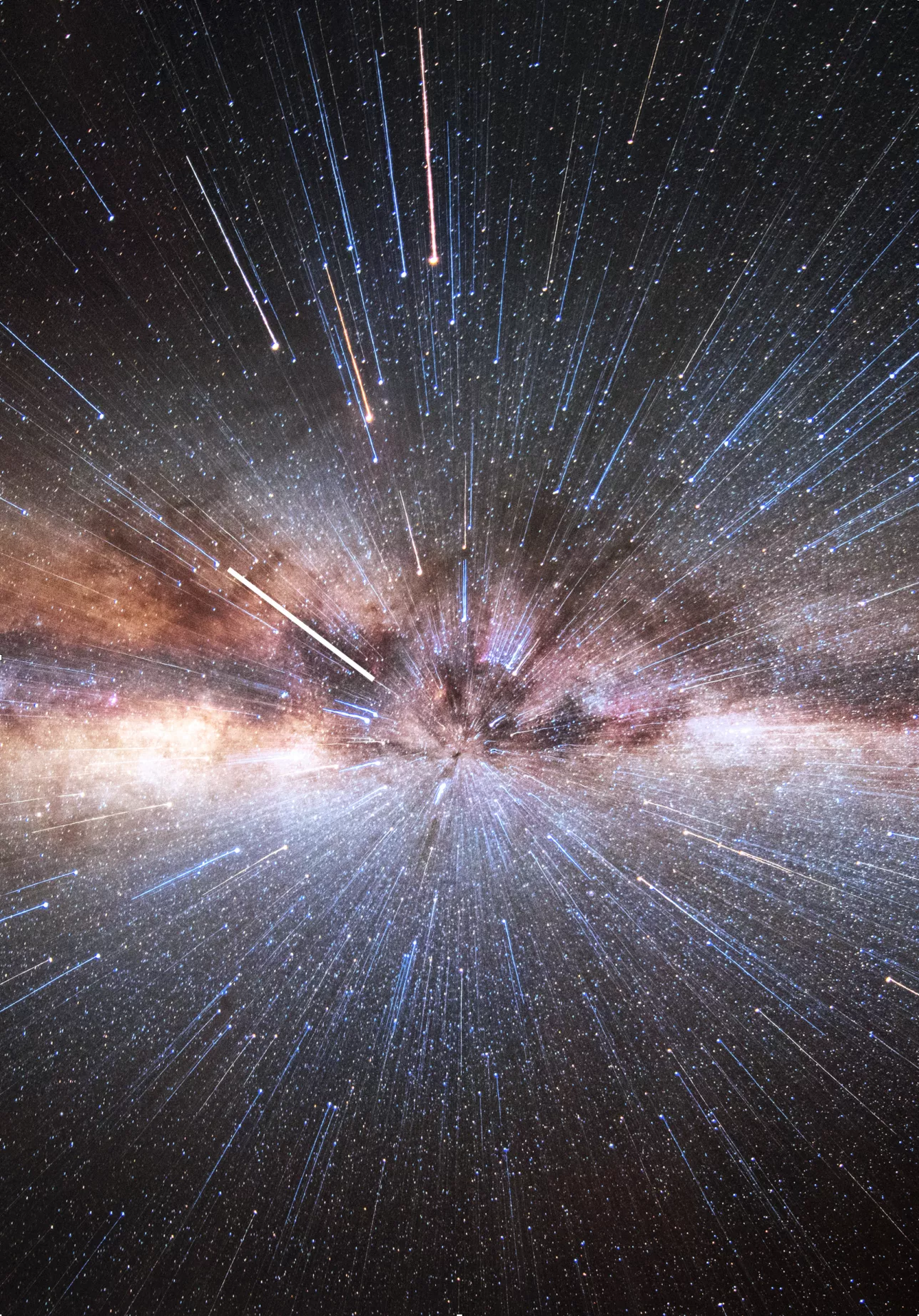Workshop: The Milky Way as seen through Neutron-Capture Elements
Elemental abundances of stars has proven to be a powerful tool in the quest for understanding the formation and evolution of our home galaxy – the Milky Way. In the field of Galactic Archaeology we use stars as timestamps of the Galactic interstellar medium from which they are formed. By considering stars formed at different epochs, we can create a timeline for how the Milky Way galaxy has evolved with time.
Stars are one of the main constitutes of galaxies, and are found foremost in the central bulge and disk components. Characterization of the chemical abundances of the stars in these stellar populations is a useful tool to put constraints on the Galactic evolution.
In this 2-day workshop, we want to invite experts in Galactic Archaeology to discuss what we can learn, both about the Milky Way and its components, from observations and theoretical models, with a focus on the heavy neutron-capture elements. The workshop will take place close to the PhD defence of Rebecca Forsberg's thesis with the same title as the workshop.
Information
When? 1st - 2nd November 2023
Where? Lund Observatory, Sweden

Local & Scientific Organising Committee (LOC/SOC)
Nils Ryde, Govind Nandakumar, Brian Thorsbro, Rebecca Forsberg, Karin Lennebo

